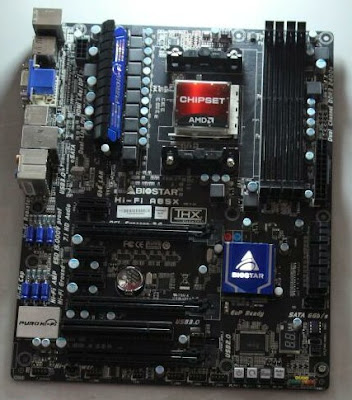
ASUS' Padfone started off as a smartphone with a special dock that allowed it to assume the role of a 10-inch tablet.
A 24-inch all-in-one computer has now been added to the list. More precisely, ASUS brought the 24-inch ASUS Padfone Docking monitor to Computex 2012, as reported by Engadget. The phone dock is located at the foot of the monitor. Unfortunately, the panel lacks touch support, so you'll have to rely on the keyboard and mouse included in the package. Spec-wise, the ASUS Padfone Docking monitor has a native resolution of 1,920 x 1,200 pixels, four USB 3.0 ports and, for using it as any regular displays, HDMI input, VGA and DVI.
We don't know when sales will begin, or for what price. For other weird things...



 6/09/2012 03:16:00 AM
6/09/2012 03:16:00 AM
 dannzfay
dannzfay

























